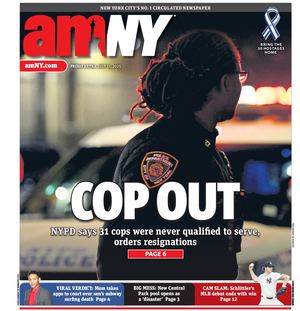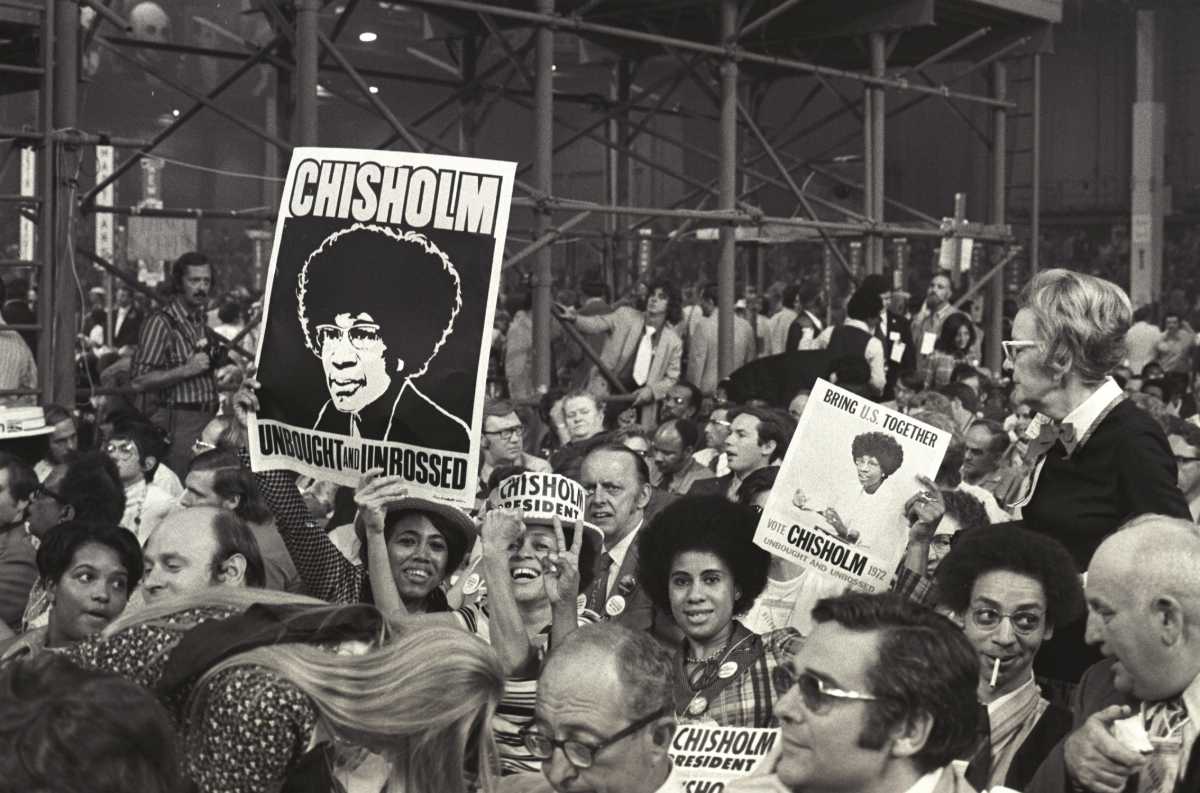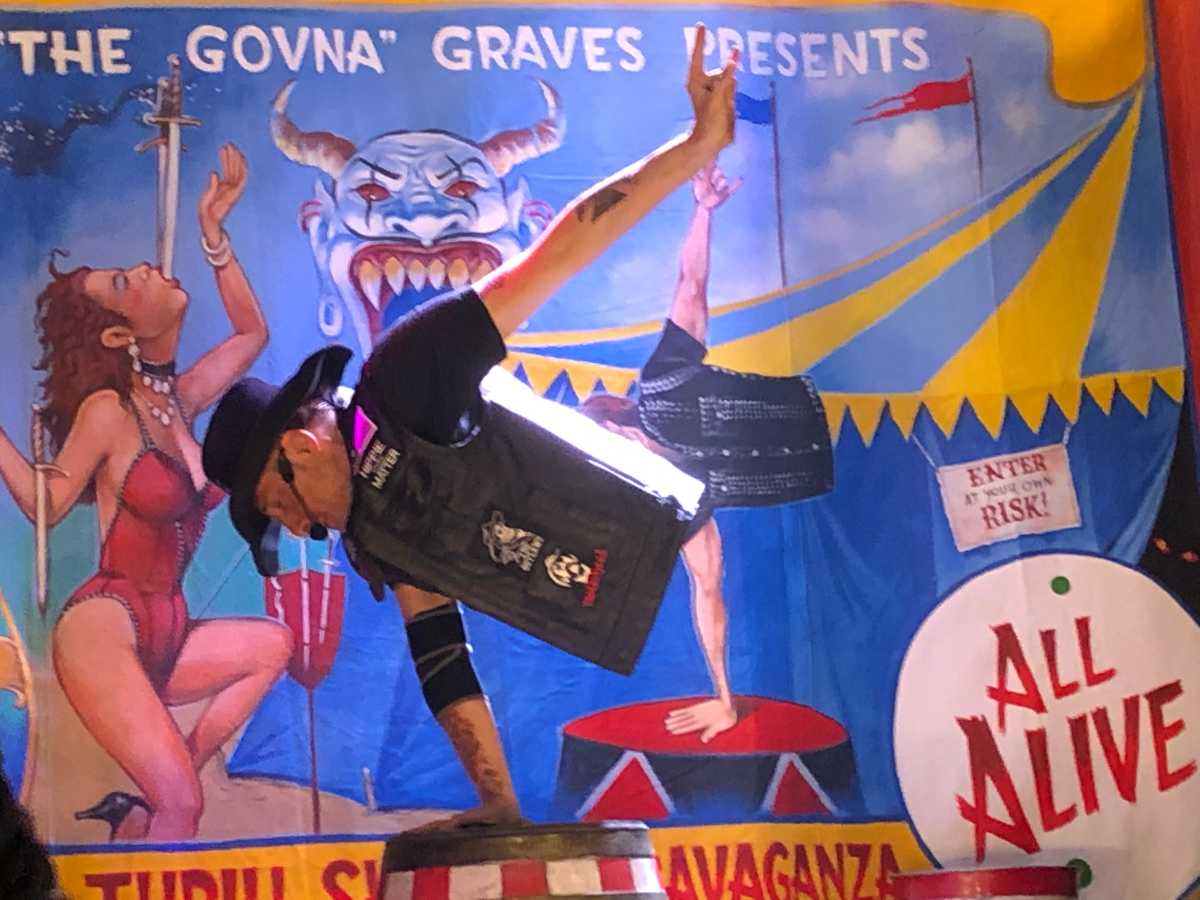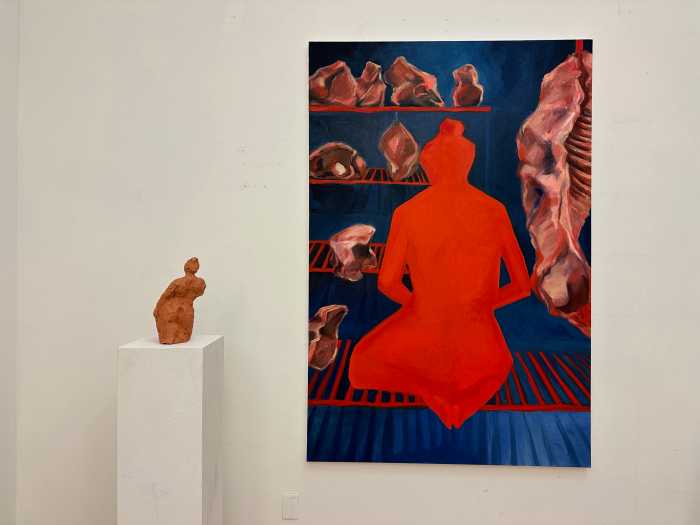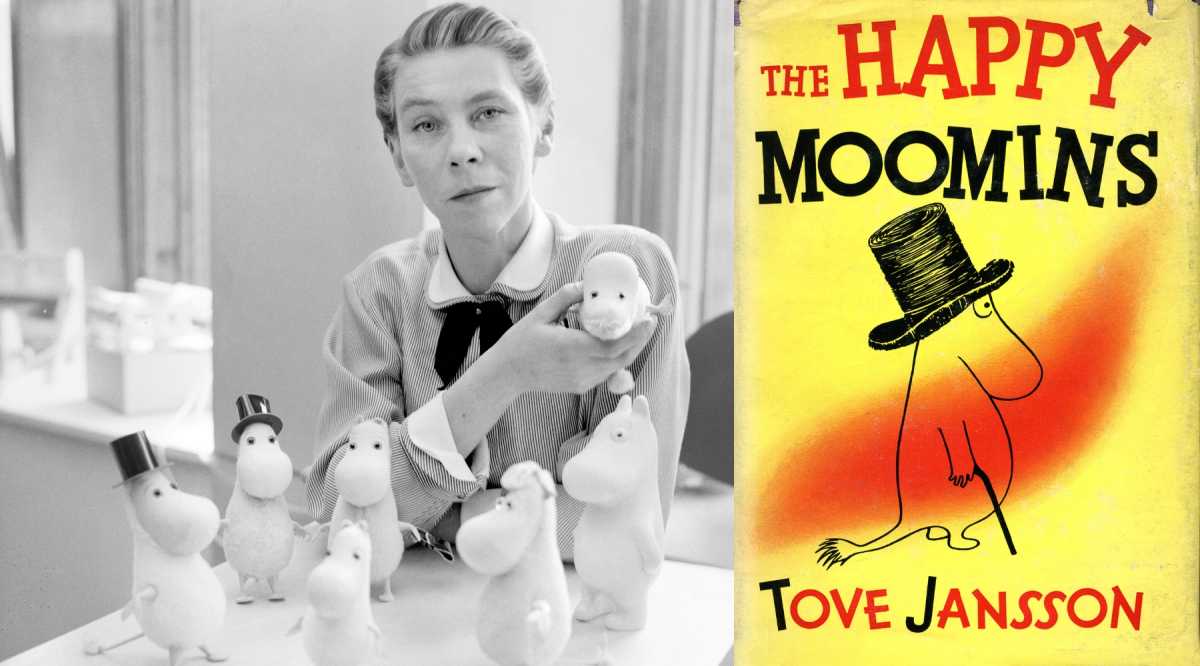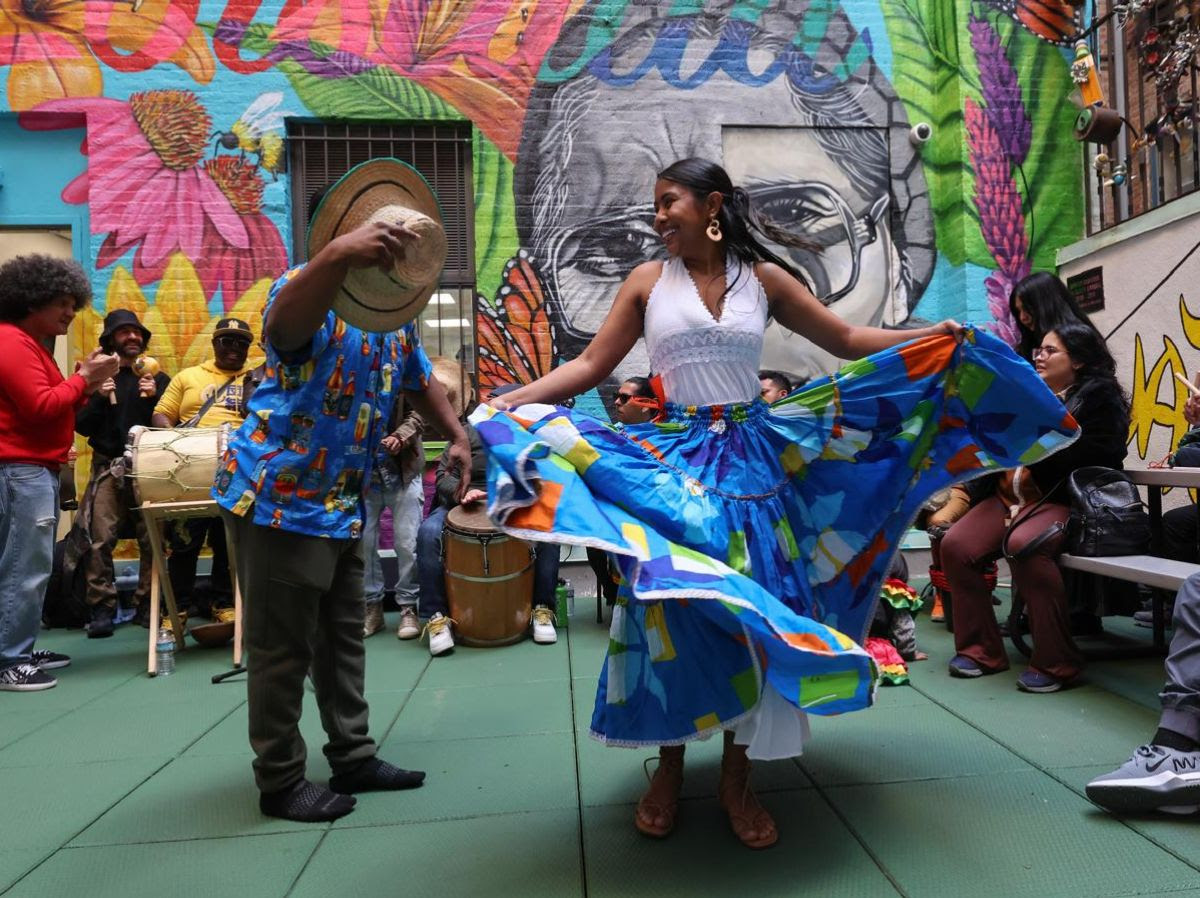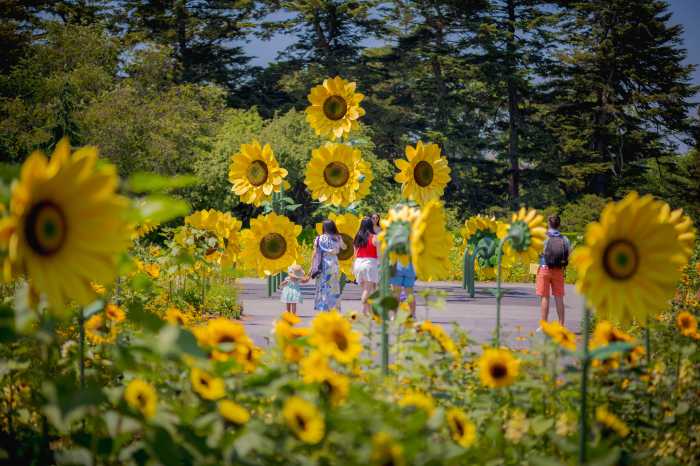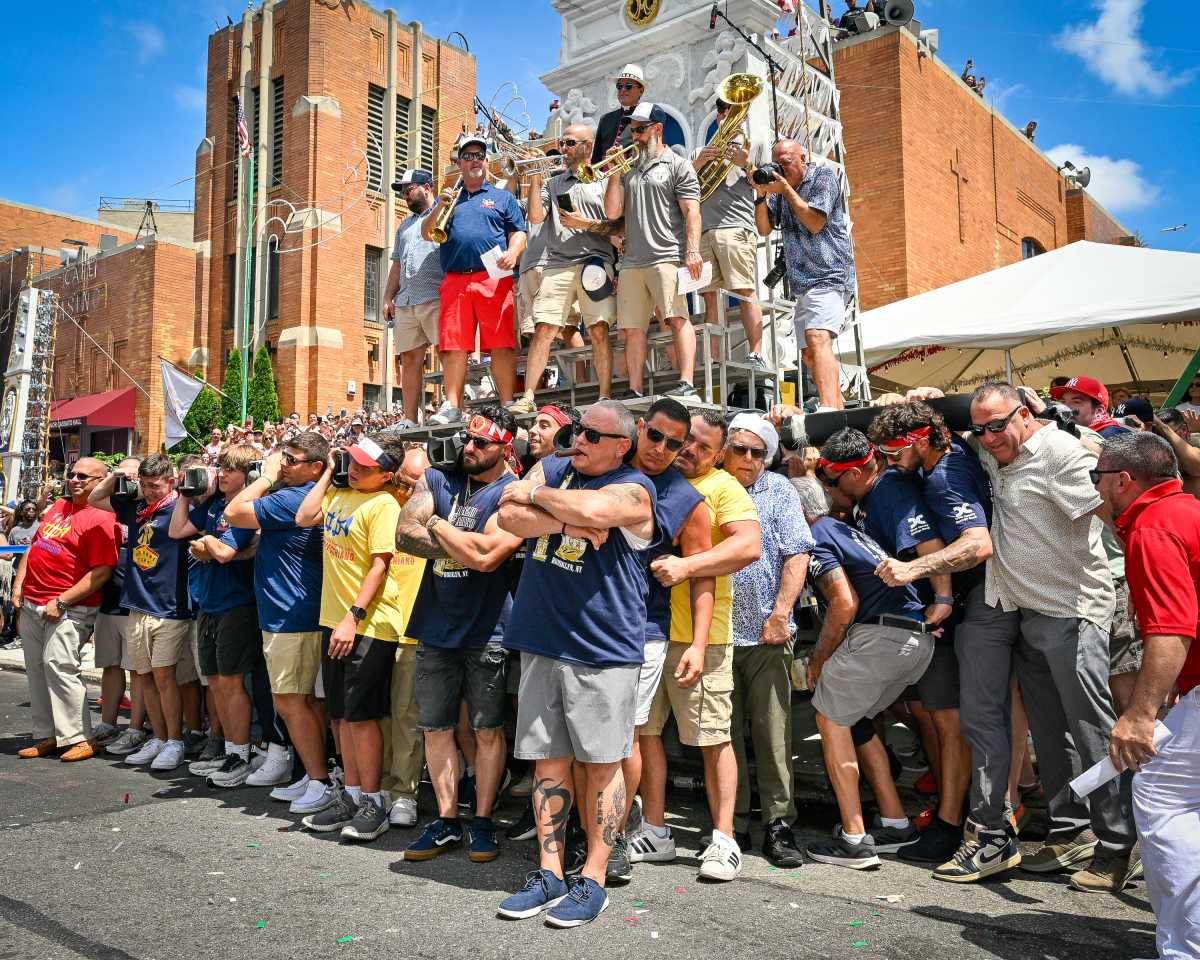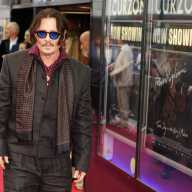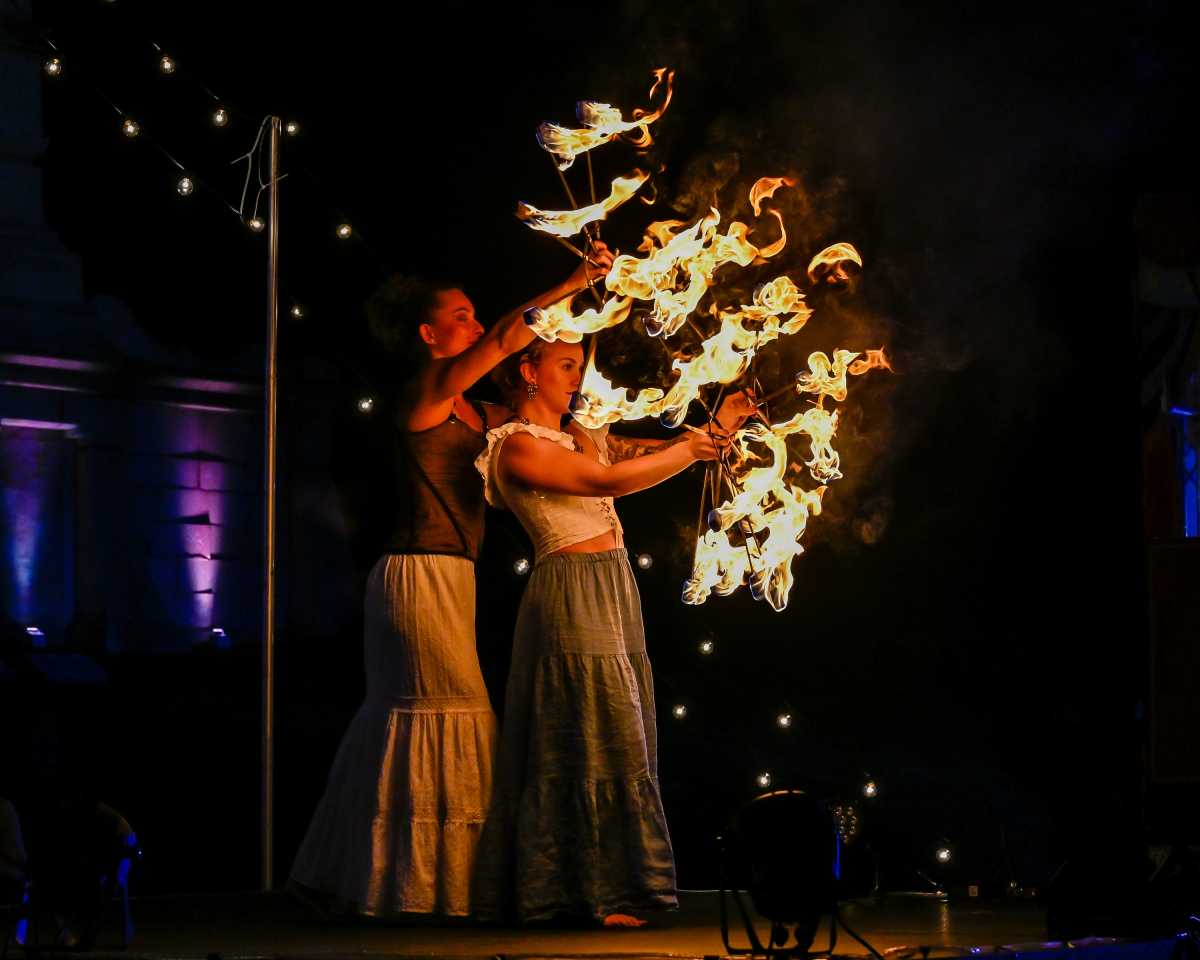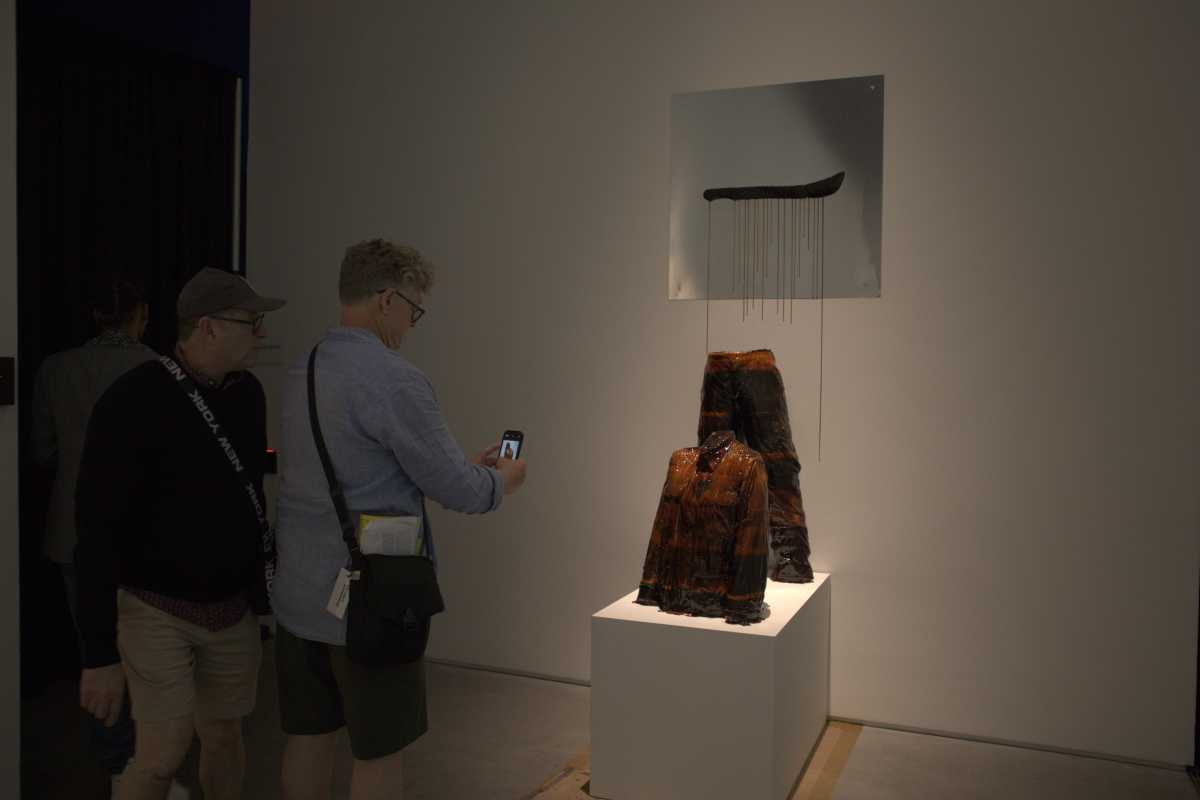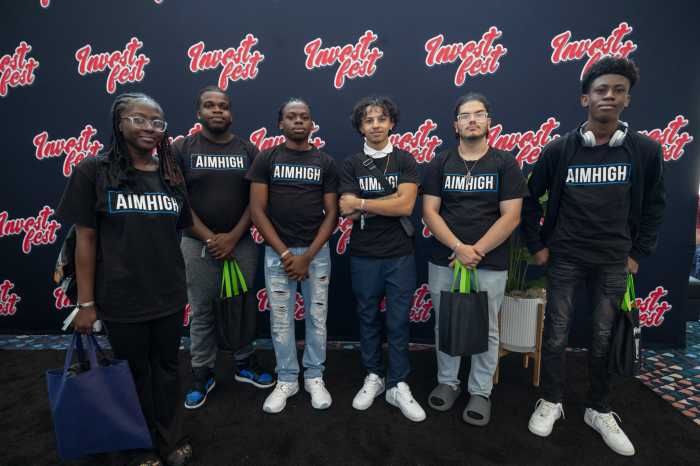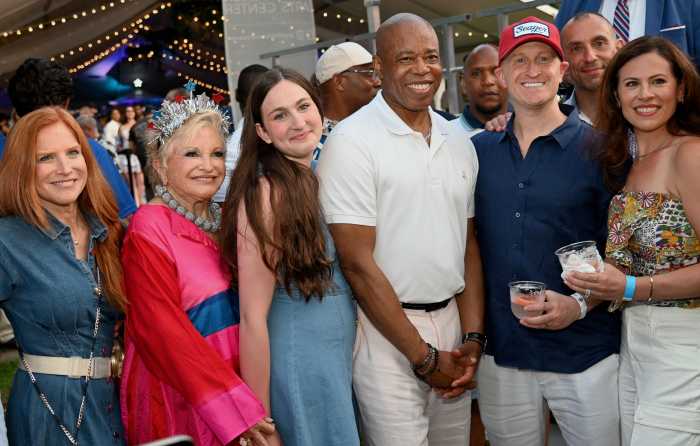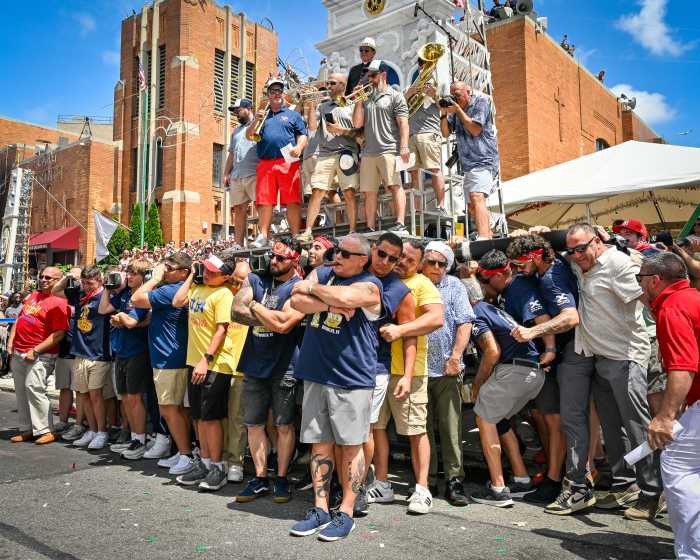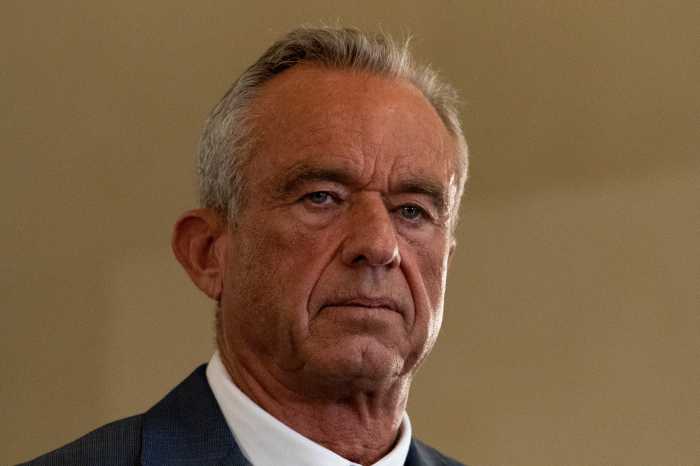CUNY students, faculty, staff and alumni will visit the Museum of the City of New York on July 1 for an exclusive private tour of an exhibit whose subject, Shirley Chisholm, was one of our university’s most significant and inspiring graduates. It’s part of our efforts to expand students’ access to the city’s world-renowned arts and cultural world.
“Changing the Face of Democracy: Shirley Chisholm at 100” traces the life and legacy of this indomitable political torchbearer, who graduated from Brooklyn College in 1946 and went on to become the first Black woman elected to the U.S. Congress and, later, the first to run for president.
The exhibit, co-curated by The Shirley Chisholm Project at Brooklyn College, provides an opportunity to explore a period that was pivotal to the history of our city and country. In many ways, it is a celebration of CUNY’s ideals. It’s a tribute not only to one of CUNY’s great graduates but to the power of education and civic engagement.
“I’ve always been drawn to her,” says Tahisha Fields, a Baruch College counseling major planning to join the private tour. “She did a lot of activism around education, children, gender equality and equity for everyone. She accomplished a lot during times that it would seem impossible for someone of her background.”
Making the Arts Accessible
The event is one of many cultural activities organized each year by CUNY Arts, an initiative that integrates the arts into student life and helps make the city’s cultural institutions virtual extensions of our campuses. I’ve joined students on exclusive CUNY Day visits to The Met and the Museum of Jewish Heritage,, and have been able to visit the Brooklyn Museum with freshmen from Macaulay Honors College who get private access for a night every fall.
Another impactful program, the CUNY Cultural Corps, has partnered with hundreds of arts and culture organizations to provide more than 1,300 students with paid internships. We’re opening doors to our students, and we’re helping to make the arts and cultural sectors more reflective of the diversity that defines both CUNY and New York.
CUNY campuses, meanwhile, have some 40 cultural centers of their own: art galleries and museums, performing arts centers and diverse cultural venues like the Louis Armstrong House Museum operated by Queens College, the Kupferberg Holocaust Center at Queensborough Community College and the Lehman Center for the Performing Arts at Lehman College. And our colleges are always finding creative ways to broaden cultural horizons for their students.
When our students enter the Museum of the City of New York, one of the first things they’ll see will be stirring news footage of Shirley Chisholm projected on the wall, announcing her historic candidacy for president in 1972. As we retrace her life and career, we get a real feel for the challenging conditions that led Chisholm to conclude that “if they don’t give you a seat at the table, bring a folding chair.”
Fields, the Baruch student, looks forward to learning more about Chisholm’s struggles and triumphs.
“I feel like she resonates because it doesn’t matter what your background, education or experiences are,” she says of Chisholm. “If you’re dedicated and have a vision, just hold true to it.”
Matos Rodríguez is the chancellor of The City University of New York (CUNY), the largest urban public university system in the United States.
